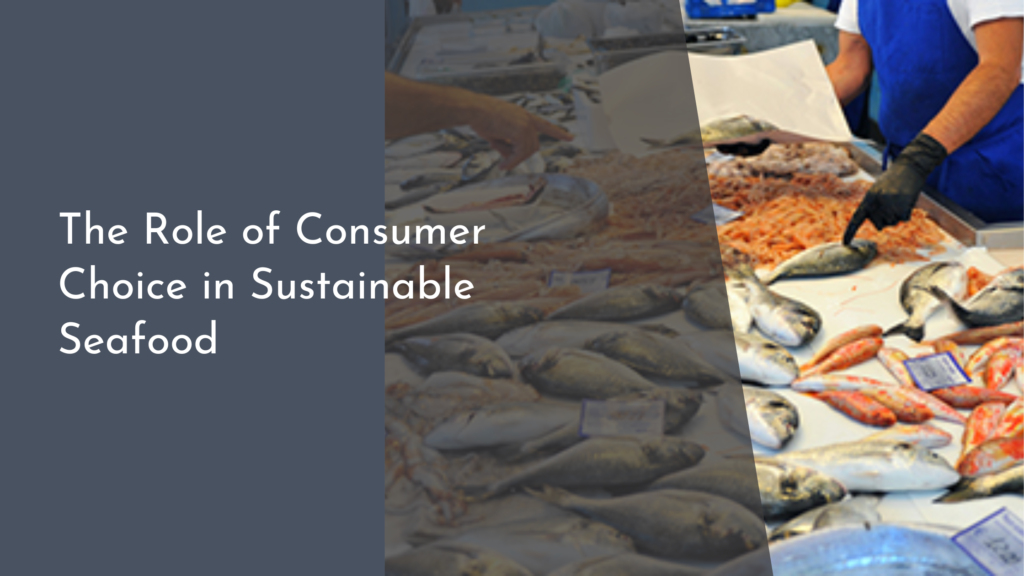Biodegradable solutions for aquaponic systems
Aquaponics represents a harmonious blend of aquaculture and hydroponics, creating a sustainable environment where fish and plants thrive together. As the world shifts toward eco-friendly practices, the integration of biodegradable solutions within aquaponic systems is becoming increasingly popular. These innovative materials and practices not only enhance the efficiency of these systems but also promote environmental stewardship. In this article, we will explore the myriad benefits of biodegradable solutions in aquaponics, the eco-friendly materials available, and practical tips for their implementation.
Discover the Benefits of Biodegradable Solutions in Aquaponics
The adoption of biodegradable solutions in aquaponics offers a plethora of advantages. Firstly, these materials break down naturally, reducing environmental pollution and landfill waste significantly. By choosing biodegradable components, aquaponic farmers can minimize their ecological footprint while promoting a healthier ecosystem. This aligns perfectly with the core principles of aquaponics, which emphasize sustainability and resource efficiency.
Moreover, biodegradable solutions can enhance the health of the aquaponic environment. Organic materials, such as biodegradable plant pots or compostable growth media, can release nutrients into the system as they decompose. This nutrient release can promote healthier plant growth and improve fish habitat, creating a more balanced ecosystem. Ultimately, the integration of biodegradable options leads to a more resilient and productive aquaponic system, making it a win-win for both growers and the planet.
Eco-Friendly Materials: A Game Changer for Aquaponic Systems
The variety of eco-friendly materials available for aquaponic systems is expanding rapidly, providing exciting opportunities for innovation. Biodegradable containers and planting pots made from materials such as coconut coir, bamboo, or recycled paper are now widely accessible. These materials not only serve their primary functions effectively but also decompose seamlessly, enriching the growing environment when they break down.
Additionally, biodegradable growth media, such as hemp or composted organic materials, are gaining traction among aquaponic enthusiasts. These alternatives offer excellent aeration and drainage while promoting beneficial microbial activity. By incorporating these eco-friendly materials, aquaponic systems can reduce their reliance on synthetic components, fostering a healthier and more sustainable growing environment.
How Biodegradable Options Support Sustainable Aquaponics
The integration of biodegradable options in aquaponics contributes significantly to sustainability efforts. By utilizing materials that break down naturally, aquaponic systems can reduce waste and promote a circular economy. This shift supports the overall goal of aquaponics: to create a self-sustaining environment where minimal external inputs are needed. The result is a more closed-loop system that exemplifies the principles of sustainable agriculture.
Furthermore, biodegradable solutions can enhance biodiversity within aquaponic systems. As organic materials decompose, they create habitats for beneficial microorganisms that contribute to nutrient cycling and disease resistance. This natural process encourages a balanced ecosystem that fosters healthy fish and plant growth. By focusing on biodegradability, aquaponics can not only thrive but also contribute positively to the surrounding environment.
Tips for Implementing Biodegradable Solutions in Your System
When considering the transition to biodegradable solutions in your aquaponic system, start small. Begin by replacing conventional plastic pots with biodegradable options like those made from plant-based materials. This easy switch can significantly reduce plastic waste while maintaining the functionality of your system. Experiment with various biodegradable materials to find the best fit for your specific setup and crop requirements.
Next, consider the use of compostable growth media. Instead of traditional soil or synthetic alternatives, try incorporating organic compost or bio-based media. Regularly monitor the decomposition process and adjust your system to optimize nutrient availability. Keep in mind that transitioning to biodegradable solutions may require some adjustments to your aquaponic management practices, but the long-term environmental benefits will be well worth the effort.
Embracing biodegradable solutions in aquaponic systems is a progressive step towards sustainability and environmental responsibility. By harnessing eco-friendly materials, growers can enhance the health and productivity of their systems while making a positive impact on the planet. With thoughtful implementation and a commitment to innovation, aquaponics can lead the way in sustainable agriculture, demonstrating that it is possible to produce food while caring for our environment. So, dive in and explore the exciting world of biodegradable solutions in aquaponics, and watch your system flourish!

